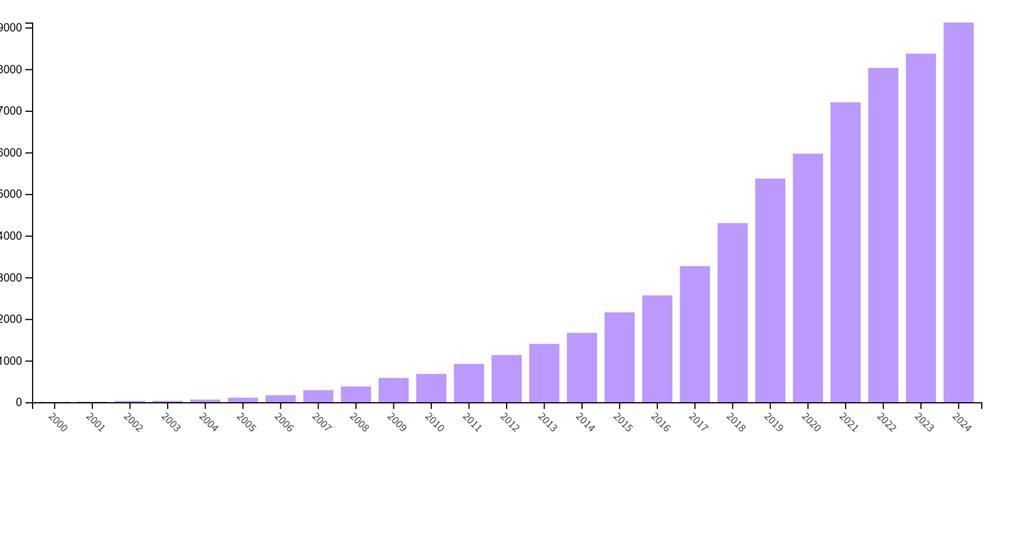Experience, product, and product engineering form a tripod that, when aligned, turns intuition into solutions that users genuinely value. To explore these concepts deeply is to unfold layers of interaction. Experience refers to the meeting point between person and product, often emotional, invisible, and subjective in its first impression. The product is the tangible or digital entity that organizes functionality, value, and promise. Product engineering is the discipline that translates product decisions into systems that are reliable, scalable, and maintainable. These three domains converge in every delivery. The promise of value must be understood by the user and consistently delivered, without allowing technology to become an obstacle or the definition of product to turn into a disconnected list of features. Historically, the separation between design, product, and engineering created silos that are no longer viable. A decade ago, teams that designed experiences without involving engineers produced beautiful prototypes that died in technical complexity, while engineering teams focused solely on efficiency built systems that were robust but uninspiring. Organizational maturity now demands constant dialogue between those who understand behavior and context, such as researchers, designers, and strategists, and those who understand technical limitations and possibilities. The balance is not symmetry. Each discipline has its own language and priorities. Experience seeks meaning, product defines boundaries of value, and engineering seeks predictability. Success emerges when these priorities become explicit and testable commitments. Investigating this empirically requires rethinking how we measure and analyze. Traditional product metrics such as adoption rate, retention, and average revenue per user say little about why someone abandons a product. Experience requires another layer of observation, including journey maps, qualitative reports, and long interviews that uncover friction invisible to analytics. Engineering provides instrumentation, logs, and telemetry that validate hypotheses and isolate technical causes of poor experience. The art lies in combining qualitative data that signals problems with quantitative data that allows decisions to scale. A single user insight must withstand statistical scrutiny before it becomes part of the roadmap, yet prioritizing only what can be easily measured erodes the richness of the product. There is also a political dimension to product decisions that is often overlooked. Roadmaps are not just technical lists; they are internal and external promises that mobilize resources, stakeholder expectations, and narratives for users. Choosing between scalable architecture and an MVP that validates value involves moral and strategic trade-offs. Prioritizing speed over technical quality may accelerate market testing but builds debt that reduces future agility, while excessive focus on robustness can stifle experimentation. Product engineering needs mechanisms to make this debt visible, such as maintenance cost forecasts, degradation scenarios, and accessible language for conscious decision-making. Without that transparency, choices are made by influence rather than evidence. Team and process design directly shape what can be built. Structures organized around missions or problems tend to encourage clarity of purpose and ownership, while purely functional structures optimize local efficiency but lose sight of the whole. Continuous discovery, early integration between design and engineering, hypothesis-driven reviews, and short experimentation cycles reduce the risk of irrelevance. Engineering contributes through continuous integration, automated testing, and observability, sustaining rapid iteration without breaking under regression. It is a constant negotiation, as speed without quality is fragile and quality without user feedback is meaningless. The economic and social impact of products demands that teams think beyond functionality and performance. Product ethics, privacy, and social consequences must be part of engineering and design from the beginning. This manifests in concrete decisions about what data to collect, how to model recommendations, and how to make automated decisions explainable. Companies that ignore these questions often face reputational and legal consequences later, when the damage is already done. In this sense, product engineering becomes a guardian of consequences, not only implementing but anticipating and mitigating side effects. Technology constantly redefines possibility. Serverless infrastructure, micro frontends, advanced observability, and modern development methodologies bring as much freedom as friction. When technical choices are made without a deep understanding of user value, the result is architecture optimized for false scenarios. Sound product engineering builds reversible paths, with decisions that allow pivots, feature flags for controlled testing, and modularity that isolates experiments. This enables organizations to learn quickly without paying irreversible costs. Culture is the factor that transforms intentions into outcomes. Cultures that value investigative humility, where teams acknowledge what they don’t know and celebrate evidence, tend to create products that truly solve problems. This manifests in attitudes toward failure, as failing early and learning is different from failing carelessly. In healthy environments, engineering has a voice in product discussions, educating others about risks, while design and research nurture empathy and curiosity. When everyone focuses energy on asking better questions instead of just delivering outputs, the product evolves organically and meaningfully. Ultimately, sustainable innovation is born from the balance between vision and discipline. Vision inspires a promise of the future, while discipline turns that promise into backlogs, tests, documentation, and governance mechanisms that preserve integrity. The tension between experience and engineering is where that balance comes alive. An experience without engineering to support it is fantasy, while engineering without a focus on experience is mere infrastructure. The ongoing challenge is to keep that dialectic alive, listening to users, testing hypotheses, protecting technical health, and adjusting direction when evidence points elsewhere. In a world where attention is the most contested resource, what kind of product are we really building and what kind of experience are we truly willing to defend over time?
.png)




